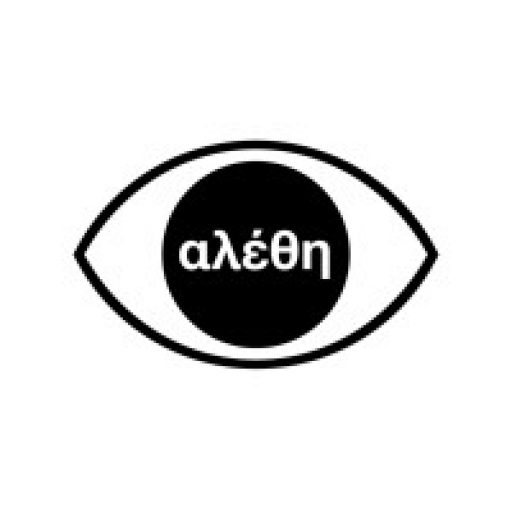Imagine a simple scenario. Producer A meets Person B, who offers an item called “money” in exchange for A’s bread. At first glance, everything seems fair and straightforward. The item works as a medium of exchange, facilitating the trade between A and B. For simplicity, let’s define money this way, as most economists do: an item that enables the exchange of goods and services.
But what happens when A encounters Person C, who offers a different item? Let’s say Person C’s item is from another society or jurisdiction—a dollar instead of a euro, for example. This introduces a critical observation: these items are not neutral. They represent claims on resources made by particular groups of people. In essence, these items are mechanisms to divert resources towards a political centre. The difference between B’s and C’s items illustrates a fundamental inequity: there is no inherent reason why these items should differ, except to benefit one society or nation at the expense of the other.
Now, let’s consider an alternative scenario. What if Person C offers an item that has no cultural or societal mark at all? This item is not a promise of reciprocity from a specific group but instead represents something that “has been made” already by nature—for example, a commodity like gold is akin to bread. Unlike B’s or C’s earlier items, which are tied to societal agreements or promises, this new item is not a symbol representing resources but something akin to the resources themselves.
Money versus credit
Money, if we reserve the term for something that already has economic value, cannot be conflated with tokens that are mere promises of economic value. The two types of items should not be referred to by the same term.
Money shares a key quality with bread: both are finite and difficult to obtain. Bread embodies labour and natural resources, while objects like cowrie shells, precious metals or, amazingly, bitcoins, reflect a similar connection to effort and scarcity. When Person A trades bread for money proper, the exchange is balanced because both items have real economic value.
However, what if the token offered by Person B or C is not tied to reality but instead represents desired, future “economic” value? Credit is fundamentally different. It is a claim on a good or service that does not yet exist. Credit can be created in unlimited quantities at little to no cost by the issuer. Unlike bread or money, credit does not require effort equivalent to baking bread or finding gold.
“The root of all evil”
When A accepts so-called “money” (credit) as payment, the transaction becomes asymmetrical. A is trading something real, finite, and already made for something abstract. If A accepts this exchange, they are effectively trusting that the promise will eventually be fulfilled. But in doing so, A has already surrendered their bread to someone who has contributed nothing of equivalent scarcity or effort.
This asymmetry reveals a deeper issue. By conflating credit with money, those who control credit—essentially governments—gain an unfair advantage. They can create claims on real, finite resources without contributing real value in return. This makes “money” the “root of all evil.” It is the conflation of money with debt-based promises that allows those in power to exploit you without your noticing.
The Matrix
At first glance, Producer A’s transaction with Person B seems hunky-dory. A does not question the fact that he lives in Europe, where “money” is the euro. It feels natural to trade bread for something that serves as a medium of exchange, especially if the item facilitates trade without immediate complications. However, this unquestioning acceptance hides the critical issue at the heart of the system.
The conflation of credit and money creates endless claims on limited resources, fueling overproduction, resource exploitation, and conflicts over resource control. It also concentrates power in the hands of credit issuers, typically governments and those connected to them. Meanwhile, producers exchanging tangible, finite goods are deceived into accepting promises as though they were equally valuable.
The conflation of credit with money is therefore not merely conceptual; it is a mechanism of exploitation rooted in traditional values—much like the illusory nature of reality in the movie The Matrix. Tokens tied to “God” or the “full faith and credit of the government” divert resources away from those who create real value. Recognising this distinction is essential for a better and more prosperous world.
